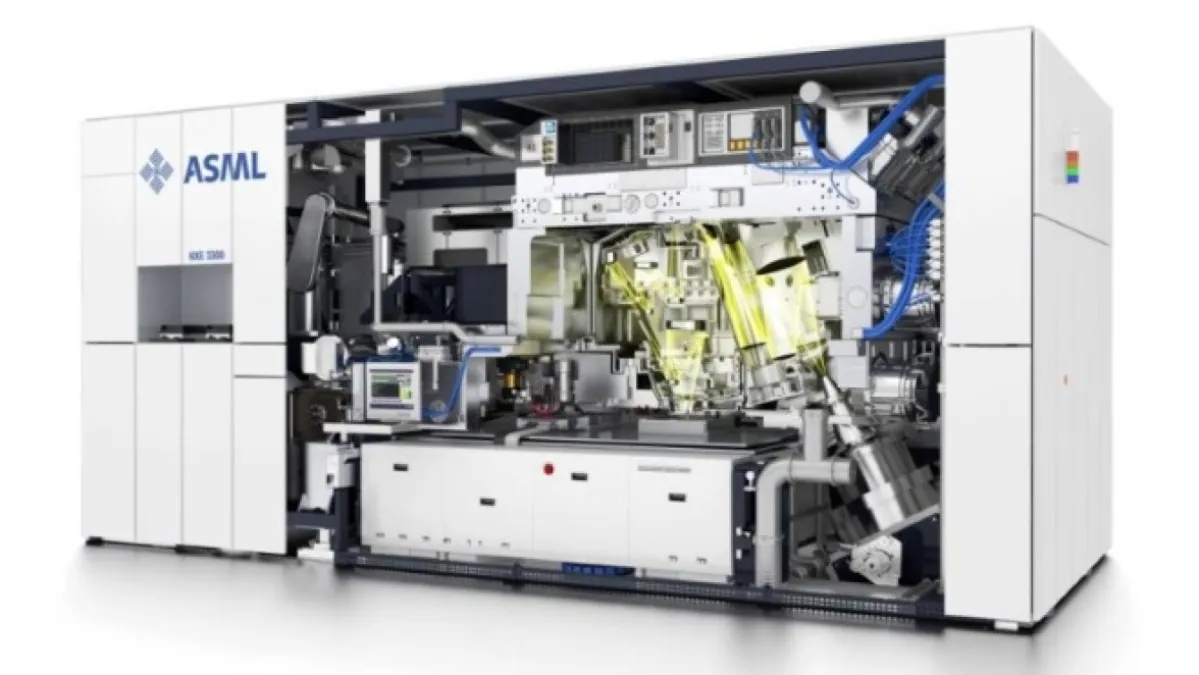As part of their collaboration, chip manufacturers Intel and ASML announced hopes of producing 2-nanometer products without shifting to costlier Extreme Ultraviolet (EUV) scanners with high numerical aperture (High-NA). This week, ASML reported that its first low numerical aperture (Low-NA) Twinscan NXE:3800E scanner was installed by a customer.
The widely used and cost-effective lithographic scanner, the Low-NA Twinscan NXE:3800E offering, is known for its aperture figure of 0.33. Notably, it delivers increased performance compared with ASML’s previous lithographic scanner generations, according to AnandTech.
While specific price points of the Twinscan NXE:3800E series lithographic scanner have not been disclosed, they are believed to exceed $200 million per unit. It’s projected the scanner can process approximately 220 silicon wafers per hour, thereby validating its high price given its impressive performance as previous generation EUV lithography equipment was not renowned for its high-speed action.
ASML clients can leverage this scanner for both 2-nanometer and 3-nanometer chip production. The new system marks ASML’s fifth-generation equipment designed to work in conjunction with extreme ultraviolet (EUV) radiation and low numeric aperture (Low-NA). ASML’s future plans involve launching at least one more generation of this equipment, identified as the Twinscan NXE:4600F, approximately by 2026.




